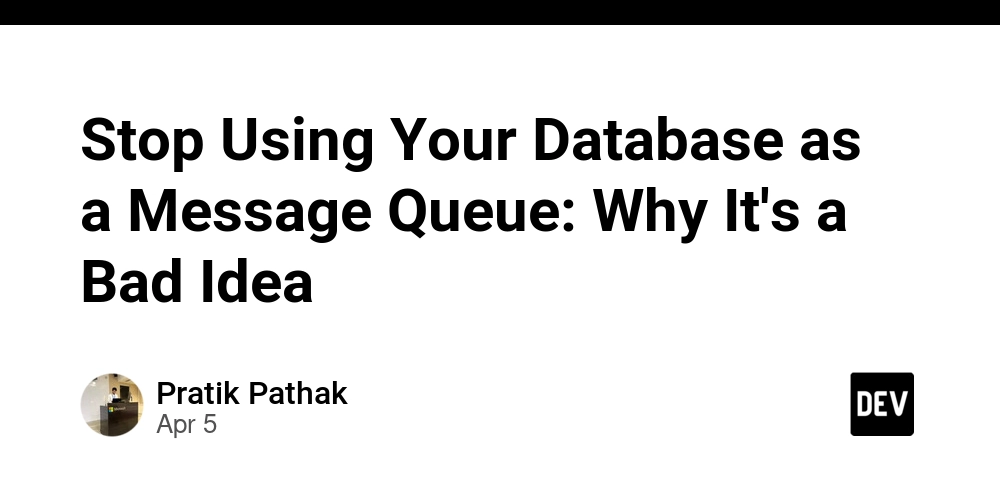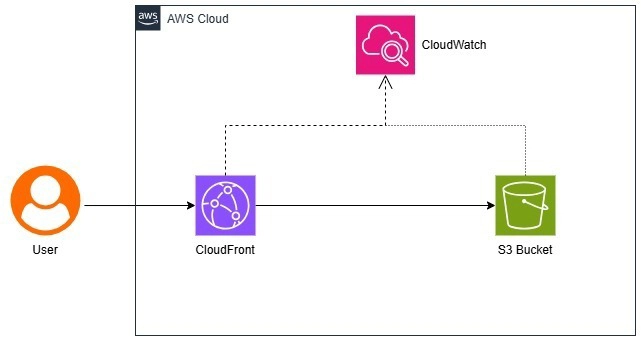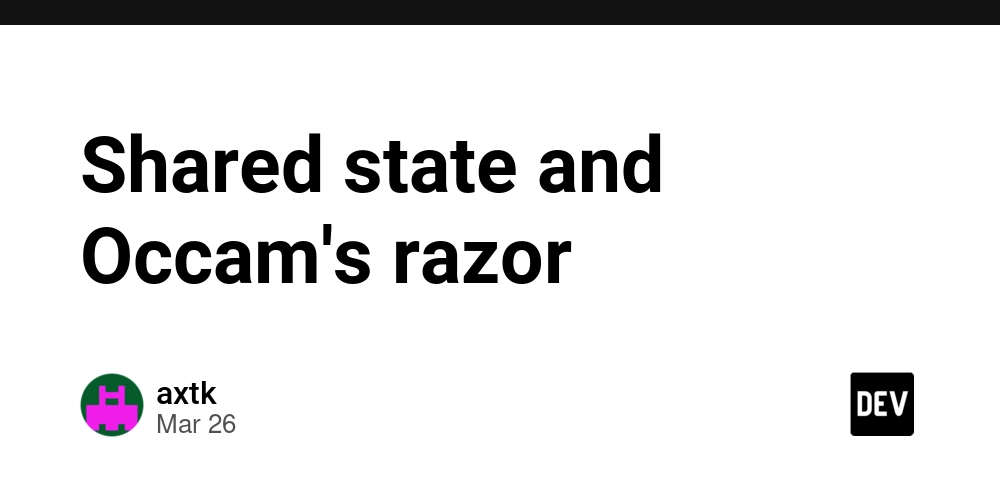25 minutes
1. Introduction In JDBC source batch processing tasks, iftable_pathandpartition_columnare configured, the engine will dynamically partition the data. We can optimize partition intervals by analyzing sample data to avoid data skew issues. However, it has been observed that even whenwhere_conditionis configured, the dynamic partitioning algorithm still partitions the entire table. This leads to excessive time consumption in the partitioning phase, especially when retrieving a small amount of data from a large table. To address this, we need to modify the relevant processes to optimize performance. All SQL statements in the following explanations use MySQL as an example. Different data sources have specific subclass methods implemented via overwriting. Key Problem Analysis 55GB MySQL Table Case: Original implementation took*25 minutesto read 1000 rows Optimized version reduced to23 seconds*(PR #8760) 1.1 Main Process of Data Partitioning The entry point for dynamic partitioning in the code is thesplitTableIntoChunksmethod in theDynamicChunkSplitterclass. The red-highlighted boxes in the flowchart indicate the parts that need modifications, which will be detailed in the following sub-processes. 1.1.1 Querying Minimum and Maximum Values It is necessary to include thewhere_conditionconfiguration in the source and append it to the query. 1.1.2 General Column Partitioning 1. Querying the Total Number of Records Add a condition to ensure that the “yes” branch is executed only whenwhere_conditionis empty. Modify the “no” branch to includewhere_conditionvalidation and concatenate it into the corresponding query statement. The query rules are as follows: Ifqueryis configured, use: SELECT COUNT(*) FROM () T Otherwise, use: SELECT COUNT(*) FROM Ifwhere_conditionis configured, append it to the end of the query. 2. Partitioning Data Ranges Refer to the following sub-process for details. 1.1.2.1 Pagination-Based Partitioning Querying the next partition boundary (**nextChunkEnd**) Max Query Section Ifwhere_conditionis configured, append it to theLIMITquery layer. Min Query Section Ifwhere_conditionis configured, append it to the query. 1.1.2.2 Sample-Based Partitioning Ifwhere_conditionis configured, append it to the query. 1.1.3 Date Column Partitioning This section reuses the logic from*1.1.2.1*, requiring only a single modification. 1.2 Usage of Partitions This section does not require modifications. The analysis here aims to understand how partitions are utilized, ensuring the correctness, necessity, and risks of the previous modifications. Once the data is partitioned, it is distributed to the worker’sSourceSeaTunnelTask. Finally, it is used in theopenmethod of theJdbcInputFormatclass. The primary process is as follows: From the process above, it is evident that itwhere_conditionis appended to the generated SQL in the final step. If itwhere_conditionis not considered during partition generation, some partitions may end up querying no data whenwhere_conditionis applied. When numerous such partitions exist, it not only impacts partitioning performance but also degrades data retrieval performance due to a high volume of ineffective queries. 1.3 Optimization Results After optimization, local testing showed that the time required to filter and retrieve 1,000 rows from a 55GB MySQL table usingwhere_conditionand write them to an Oracle table reduced from*25 minutes to 23 seconds*. The corresponding PR for this optimization can be found here:PR #8760.

1. Introduction
In JDBC source batch processing tasks, iftable_pathandpartition_columnare configured, the engine will dynamically partition the data. We can optimize partition intervals by analyzing sample data to avoid data skew issues. However, it has been observed that even whenwhere_conditionis configured, the dynamic partitioning algorithm still partitions the entire table. This leads to excessive time consumption in the partitioning phase, especially when retrieving a small amount of data from a large table. To address this, we need to modify the relevant processes to optimize performance.
All SQL statements in the following explanations use MySQL as an example. Different data sources have specific subclass methods implemented via overwriting.
Key Problem Analysis
- 55GB MySQL Table Case:
Original implementation took*25 minutesto read 1000 rows
Optimized version reduced to23 seconds*(PR #8760)
1.1 Main Process of Data Partitioning
The entry point for dynamic partitioning in the code is thesplitTableIntoChunksmethod in theDynamicChunkSplitterclass. The red-highlighted boxes in the flowchart indicate the parts that need modifications, which will be detailed in the following sub-processes.
1.1.1 Querying Minimum and Maximum Values
It is necessary to include thewhere_conditionconfiguration in the source and append it to the query.
1.1.2 General Column Partitioning
1. Querying the Total Number of Records
- Add a condition to ensure that the “yes” branch is executed only when
where_conditionis empty. - Modify the “no” branch to include
where_conditionvalidation and concatenate it into the corresponding query statement. The query rules are as follows: - If
queryis configured, use:
SELECT COUNT(*) FROM () T
- Otherwise, use:
SELECT COUNT(*) FROM
- If
where_conditionis configured, append it to the end of the query.
2. Partitioning Data Ranges
Refer to the following sub-process for details.
1.1.2.1 Pagination-Based Partitioning
Querying the next partition boundary (**nextChunkEnd**)
- Max Query Section
- If
where_conditionis configured, append it to theLIMITquery layer.
- Min Query Section
- If
where_conditionis configured, append it to the query.
1.1.2.2 Sample-Based Partitioning
- If
where_conditionis configured, append it to the query.
1.1.3 Date Column Partitioning
This section reuses the logic from*1.1.2.1*, requiring only a single modification.
1.2 Usage of Partitions
This section does not require modifications. The analysis here aims to understand how partitions are utilized, ensuring the correctness, necessity, and risks of the previous modifications.
Once the data is partitioned, it is distributed to the worker’sSourceSeaTunnelTask. Finally, it is used in theopenmethod of theJdbcInputFormatclass. The primary process is as follows:
From the process above, it is evident that itwhere_conditionis appended to the generated SQL in the final step. If itwhere_conditionis not considered during partition generation, some partitions may end up querying no data whenwhere_conditionis applied. When numerous such partitions exist, it not only impacts partitioning performance but also degrades data retrieval performance due to a high volume of ineffective queries.
1.3 Optimization Results
After optimization, local testing showed that the time required to filter and retrieve 1,000 rows from a 55GB MySQL table usingwhere_conditionand write them to an Oracle table reduced from*25 minutes to 23 seconds*.
The corresponding PR for this optimization can be found here:PR #8760.












































































































































































![[The AI Show Episode 142]: ChatGPT’s New Image Generator, Studio Ghibli Craze and Backlash, Gemini 2.5, OpenAI Academy, 4o Updates, Vibe Marketing & xAI Acquires X](https://www.marketingaiinstitute.com/hubfs/ep%20142%20cover.png)



























































































































![[FREE EBOOKS] The Kubernetes Bible, The Ultimate Linux Shell Scripting Guide & Four More Best Selling Titles](https://www.javacodegeeks.com/wp-content/uploads/2012/12/jcg-logo.jpg)



![From drop-out to software architect with Jason Lengstorf [Podcast #167]](https://cdn.hashnode.com/res/hashnode/image/upload/v1743796461357/f3d19cd7-e6f5-4d7c-8bfc-eb974bc8da68.png?#)





































































































.png?#)





.jpg?#)































_Christophe_Coat_Alamy.jpg?#)







































































































![Rapidus in Talks With Apple as It Accelerates Toward 2nm Chip Production [Report]](https://www.iclarified.com/images/news/96937/96937/96937-640.jpg)



















































































































































